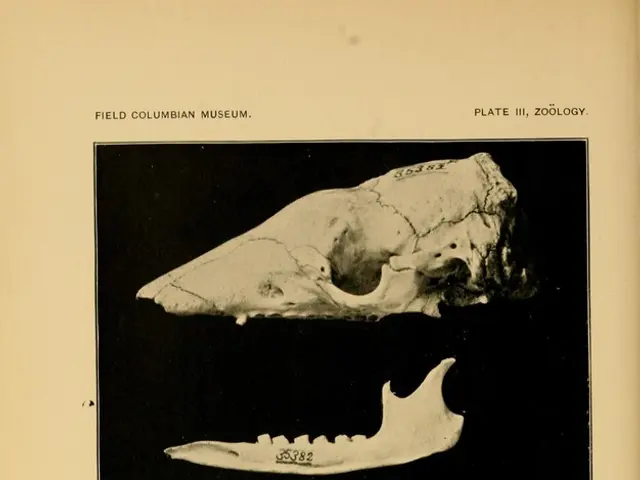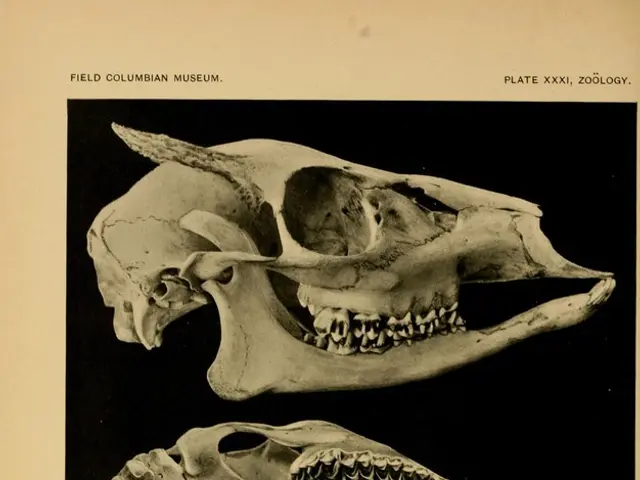Rapid and severe rosacea: Origin, signs, and remedies
Rosacea Fulminans: A Severe Skin Condition Requiring Swift Medical Attention
Rosacea Fulminans, a rare, intense inflammatory skin condition, warrants immediate medical attention. Rapidly manifesting on central facial areas, notably the chin, cheeks, and nose, it presents as flush, swollen, painful nodules and pimples that merge, differing significantly from common rosacea or acne symptoms.
More commonly affecting females during their childbearing years, the precise cause of this condition remains elusive, although some researchers speculate a link with inflammatory bowel disease, pregnancy, and previous rosacea forms.
Effective treatment often incorporates corticosteroids and isotretinoin (Accutane), with stress management and dietary modifications also offering potential benefits.
A 2020 review suggests various factors contributing to the onset or worsening of rosacea fulminans, including emotional stress, hormonal fluctuations, certain medications, and certain dietary elements. Potential dietary triggers include spicy foods, alcohol, foods containing cinnamaldehyde, histamine-rich food, and hot beverages. Notably, specific dietary recommendations may vary significantly among individuals.
Symptoms can include sudden localized skin color changes, redness, inflammation, pustules, papules, painful nodules, and flushing or blushing. Some individuals may experience ocular symptoms like dry, itching eyes and light sensitivity. Systemic symptoms, such as fever and fatigue, are rare.
Addressing rosacea fulminans necessitates an integrated approach, merging medical treatments like corticosteroids and isotretinoin with lifestyle adjustments like reducing stress, making dietary modifications, and using gentle skin care products on the face.
Individuals should consult a dermatologist or healthcare professional when experiencing symptoms outside the range of typical rosacea or acne, such as large tender nodules, abscesses, significant facial discomfort, sudden symptom onset, persistent worsening symptoms, eye irritation or inflammation, or systemic symptoms like fever. Prompt medical attention is crucial to secure an accurate diagnosis, initiate treatment, and minimize the risk of complications like scarring and infections.
In summary, rosacea fulminans is a severe, inflammatory skin condition that demands rapid diagnosis and treatment. Its symptoms, while differing from those of common rosacea or acne, can be managed with the right combination of medical interventions, lifestyle changes, and dietary modifications. If you experience any rosacea fulminans symptoms, it is crucial to seek immediate medical attention.
- Rosacea Fulminans, a severe skin condition, significantly different from common rosacea or acne, primarily affects women during their childbearing years.
- Effective treatment for Rosacea Fulminans involves the use of corticosteroids and isotretinoin (Accutane), along with stress management and dietary modifications.
- Some researchers suggest a connection between Rosacea Fulminans and inflammatory bowel disease, pregnancy, and previous rosacea forms.
- Symptoms of Rosacea Fulminans, such as large tender nodules, abscesses, eye irritation or inflammation, and systemic symptoms like fever, require swift medical attention from a dermatologist or healthcare professional.








